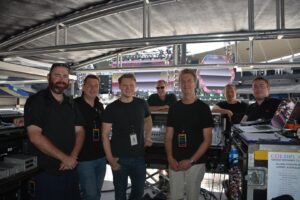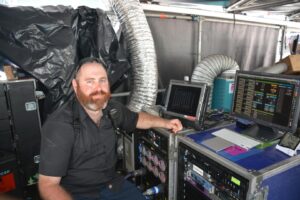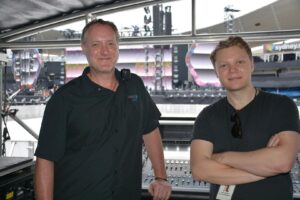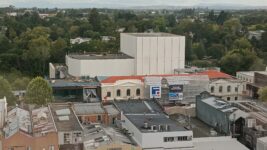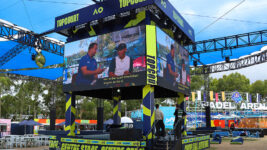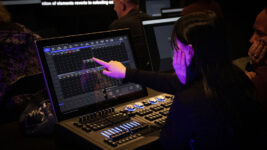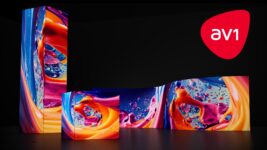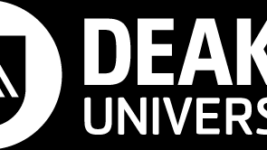News
20 Jan 2017
Coldplay’s A Head Full of Dreams tour
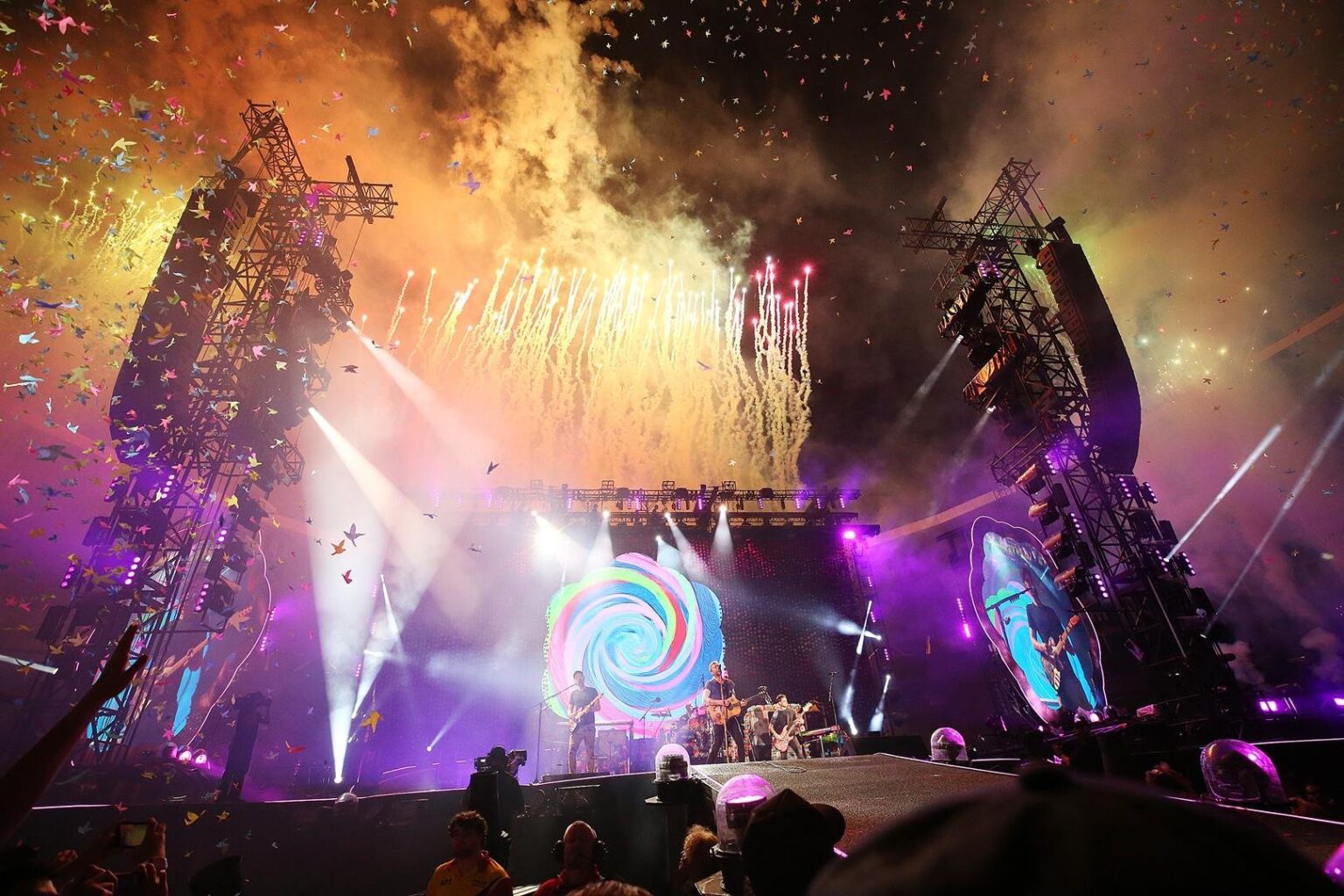
Subscribe to CX E-News
By Cat Strom
Dan Green is in charge of all things audio for Coldplay, in fact he’s often referred to as the fifth member of the band. He mixes FOH, engineers their albums, co-produces ….. if Chris Martin happened to want a new sound system in his house, Dan’s the man. He’s in charge of the two studios the band have in London as well as Chris’ set up in Los Angeles.
Coldplay are spending close to two years on the road with their A Head Full of Dreams tour, which Dan describes as an extension of the previous Mylo Xyloto tour.
“With this tour we’re running the latest d&b ArrayProcessing software across the system which has made a huge difference and has been truly amazing,” said Dan. “There have been some general tweaks to our backline and we spent a lot of time experimenting with different drum kits. With Mylo Xyloto we had something really good so we have just expanded on that to make it even better.
“I have more things on the loop with the Optocore, all of our backing tracks are fed to me by MADI now – all these little tweaks add up to make a big difference, sonically and with my work flow.”
Dan commented that solid preparation is the key to a successful show sonically, adding that they spend a good few months before the tour, as well as when making the record, planning aspects of the tour.
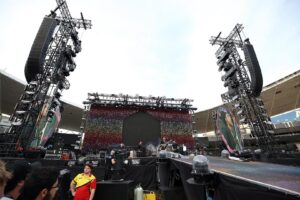 “Once we get to the first stadium show we’re pretty much good to go,” he remarked. “I’m lucky being in charge of making sure the backline is correct, organize the backing tracks etc. One thing I have learnt through the years is that if it’s not right coming off the stage, then it’s going to be tricky. It’s a key thing for us making sure everything coming off the stage into my desk is set up correctly.”
“Once we get to the first stadium show we’re pretty much good to go,” he remarked. “I’m lucky being in charge of making sure the backline is correct, organize the backing tracks etc. One thing I have learnt through the years is that if it’s not right coming off the stage, then it’s going to be tricky. It’s a key thing for us making sure everything coming off the stage into my desk is set up correctly.”
As with the last tour Dan was mixing on a DiGiCo SD7 console, although he has upgraded the front end so it’s all analogue pre-amps.
“I have a mixture of Neve, Chandler and B&E going into different types of EQ,” he explained. “I find that having those little tools makes the band sound a little better than with what is standard in the desk.
“I have always missed that analogue feeling from when we used to have a Midas XL4 so I’ve tried to make a hybrid version using the best of both worlds. It’s nice to have the digital with the snapshots as we have so many lines coming from all over the place, but when the band section are playing I like there to be more of an analogue feel to it.”
The stage set up takes three days, two for audio, and the Coldplay Australian tour saw JPJ Audio supply the largest d&b PA system ever seen in the country.
The J-Series system comprised main L-R hangs of 14 x J8’s and four J12’s with a side hang 18 x J8’s and flown subs of 9 x J Subs all on one tower (there is no roof). With all that weight, designing the structure for this was quite a challenge for the system design and StageCo. 270° hang of 18 x J8’s with a ground sub array of 16 x J Subs and 16 x INFRA Subs.
To ensure that everyone gets a really good image of the sound wherever they’re sitting, a ring system is deployed to reach the top seats. This consisted of eight hangs of 8 x V8’s and two hangs of 8 x V12’s with all arrays running ArrayProcessing.
There were also four delay towers and as the side hang was not in a traditional position rather on the main hang from where they work as one unit, delays one and two were pushed out wider than the usual position and so delays three and four were introduced. Delay towers one and two comprised of 16 x J8 and 2 x J Subs whilst three and four had 10 x J8’s and six J12, all array processed.
“If we didn’t h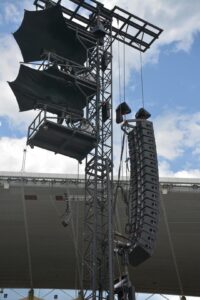 ave the ArrayProcessing, I don’t think we could use the configuration that we have especially with the main hang and side hang is such close proximity,” commented Tony Smith, Coldplay’s Audio Crew Chief, System Designer and occasional FOH baby-sitter. “The results we’ve been getting with the ArrayProcessing is pretty amazing and I think it has bought something incredible to the audio of live sound. It keeps the sound contained within the stadium whilst at the same time distributing it evenly to the people who maybe would not have had such a good show in the past.”
ave the ArrayProcessing, I don’t think we could use the configuration that we have especially with the main hang and side hang is such close proximity,” commented Tony Smith, Coldplay’s Audio Crew Chief, System Designer and occasional FOH baby-sitter. “The results we’ve been getting with the ArrayProcessing is pretty amazing and I think it has bought something incredible to the audio of live sound. It keeps the sound contained within the stadium whilst at the same time distributing it evenly to the people who maybe would not have had such a good show in the past.”
Each night the show is recorded with redundancy so the record rig front of house was quite a set up. Three OptoCore DD2FR-FX in the rig are on the Optocore loop; they ran out of nodes on the two core loop so the FOH loop is on loop 1, four core, and the monitor loop 2 is on two core.
“We’re recording 160 channels with ambient mics and all the other peripheral things so it’s a pretty hefty record rig,” said Tony. “We’re running Protools HDX3 and then a crash record on Reaper, going through a M1K2 which is MADI matrixing it out to both records at 96k. Whenever we do a live broadcast it’s via stems so that it all comes from Dan’s mix, we stem it out via MADI to the truck where they’re actually mixing with a maximum of 48 channels rather than 160 channels.”
Along with the DiGiCO SD7 out front is a SD-RE which is used for peripheral things such as playback, ambient mics; basically all the stuff that doesn’t need to be on Dan’s console as he is fast running out of channels on the SD7.
“It gives us options if the band want to add something, we can still grow without killing all the channels, added Tony.
Photos: Troy Constable
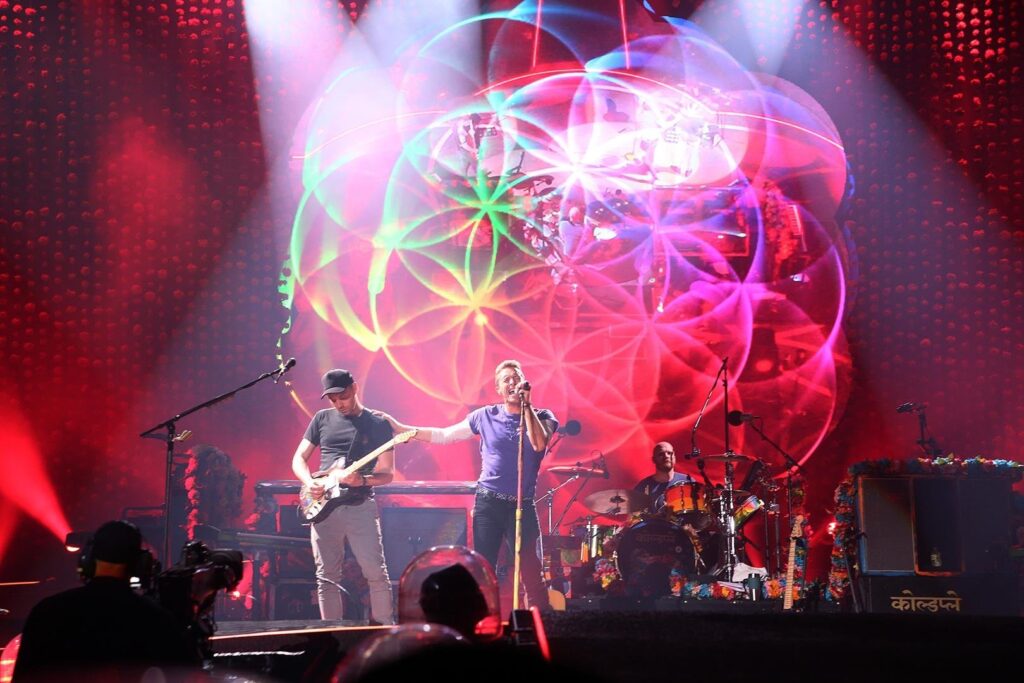
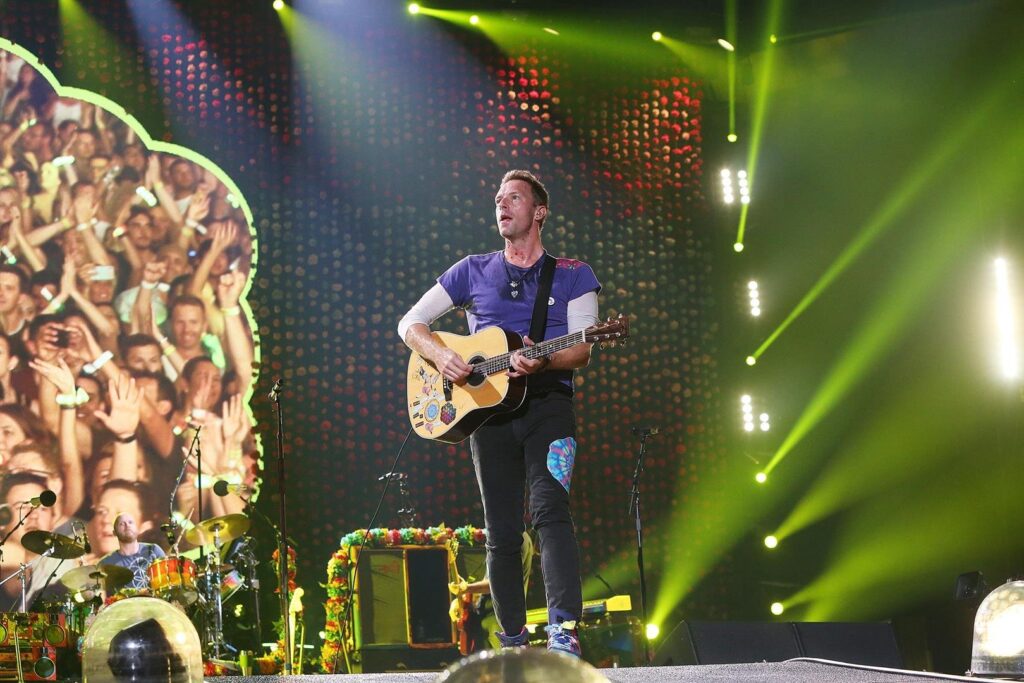
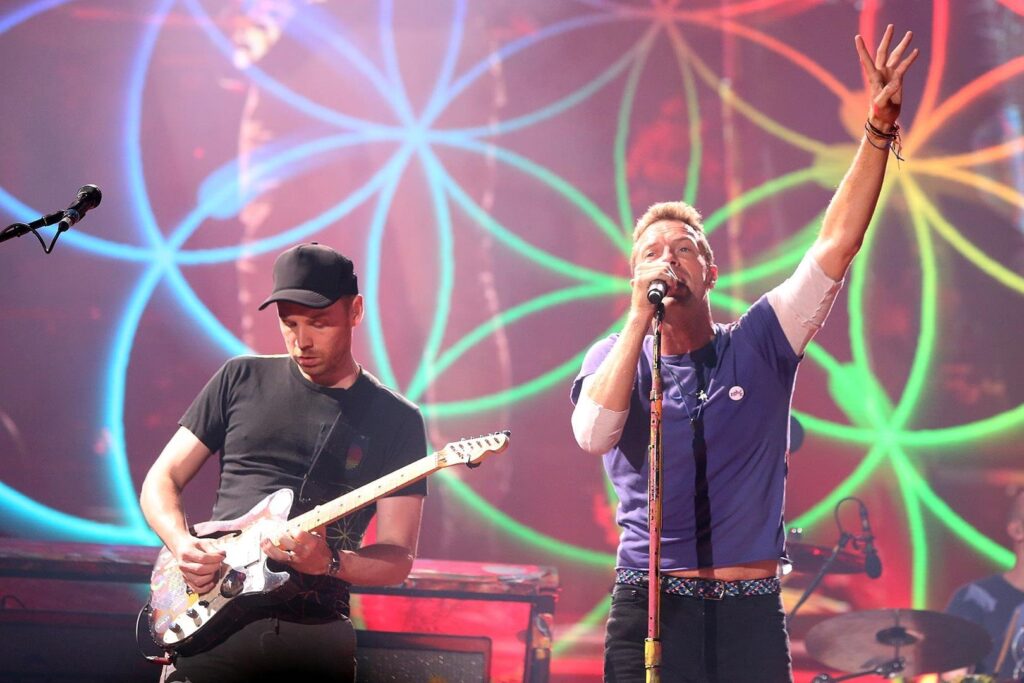
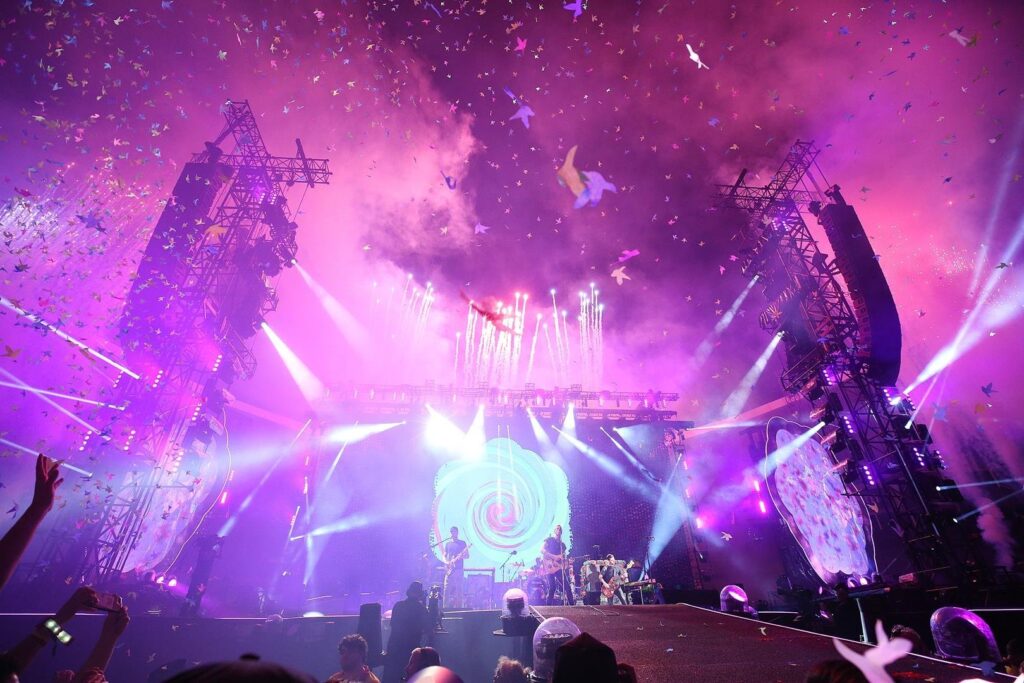
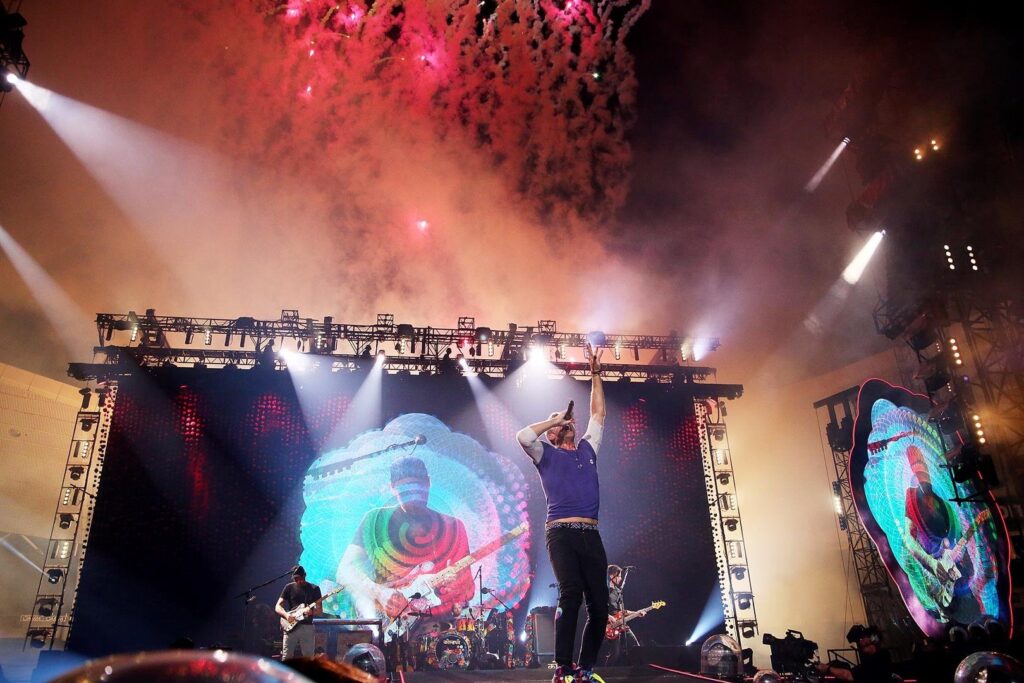
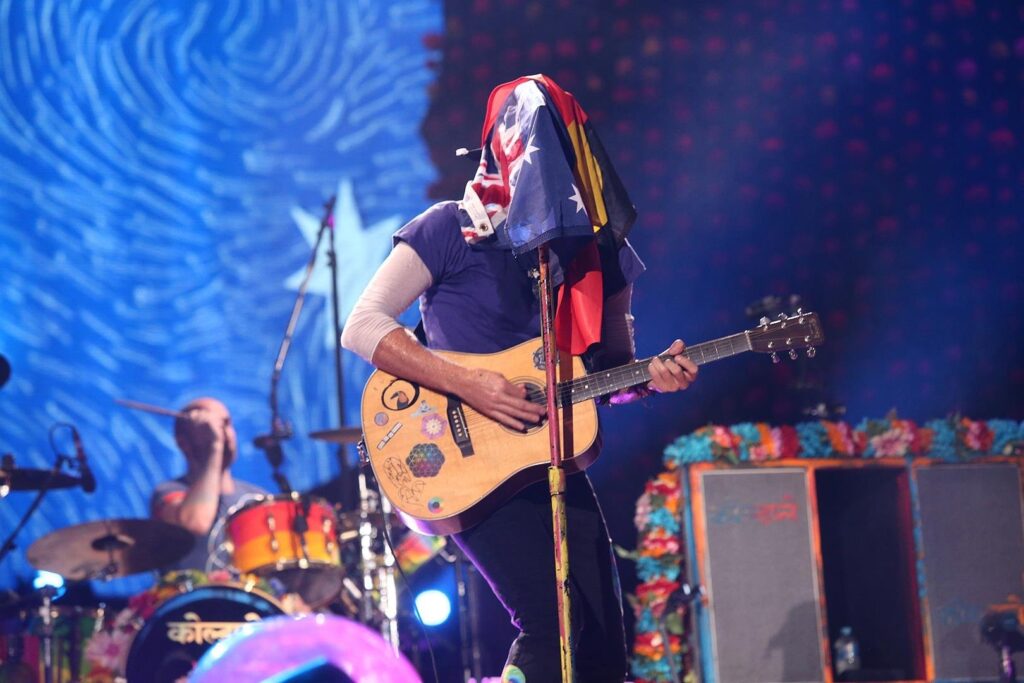
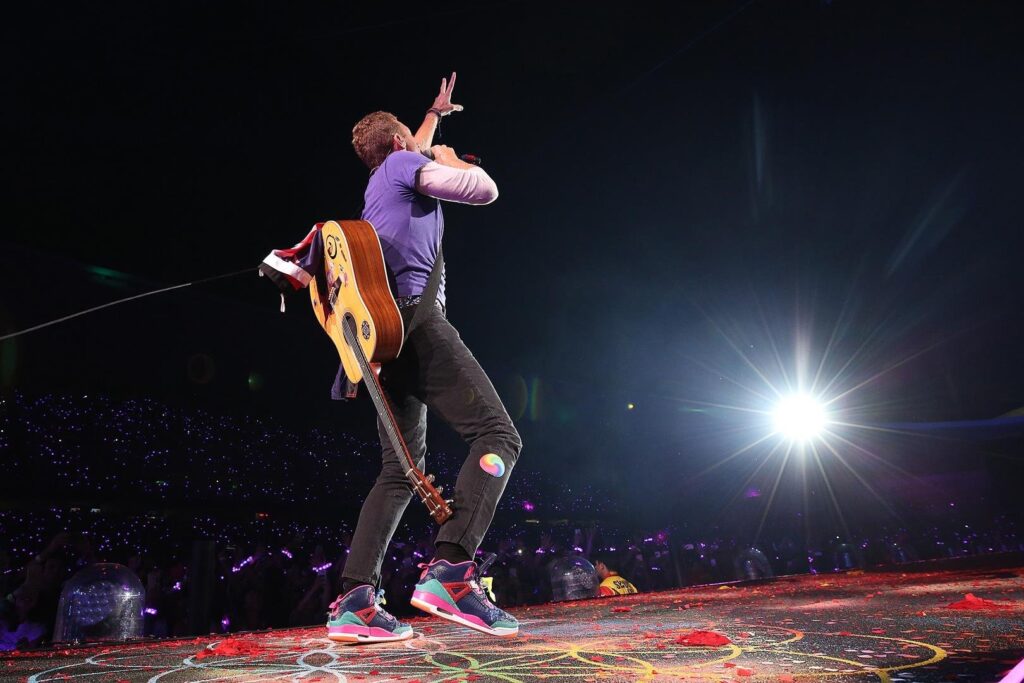
Subscribe
Published monthly since 1991, our famous AV industry magazine is free for download or pay for print. Subscribers also receive CX News, our free weekly email with the latest industry news and jobs.

